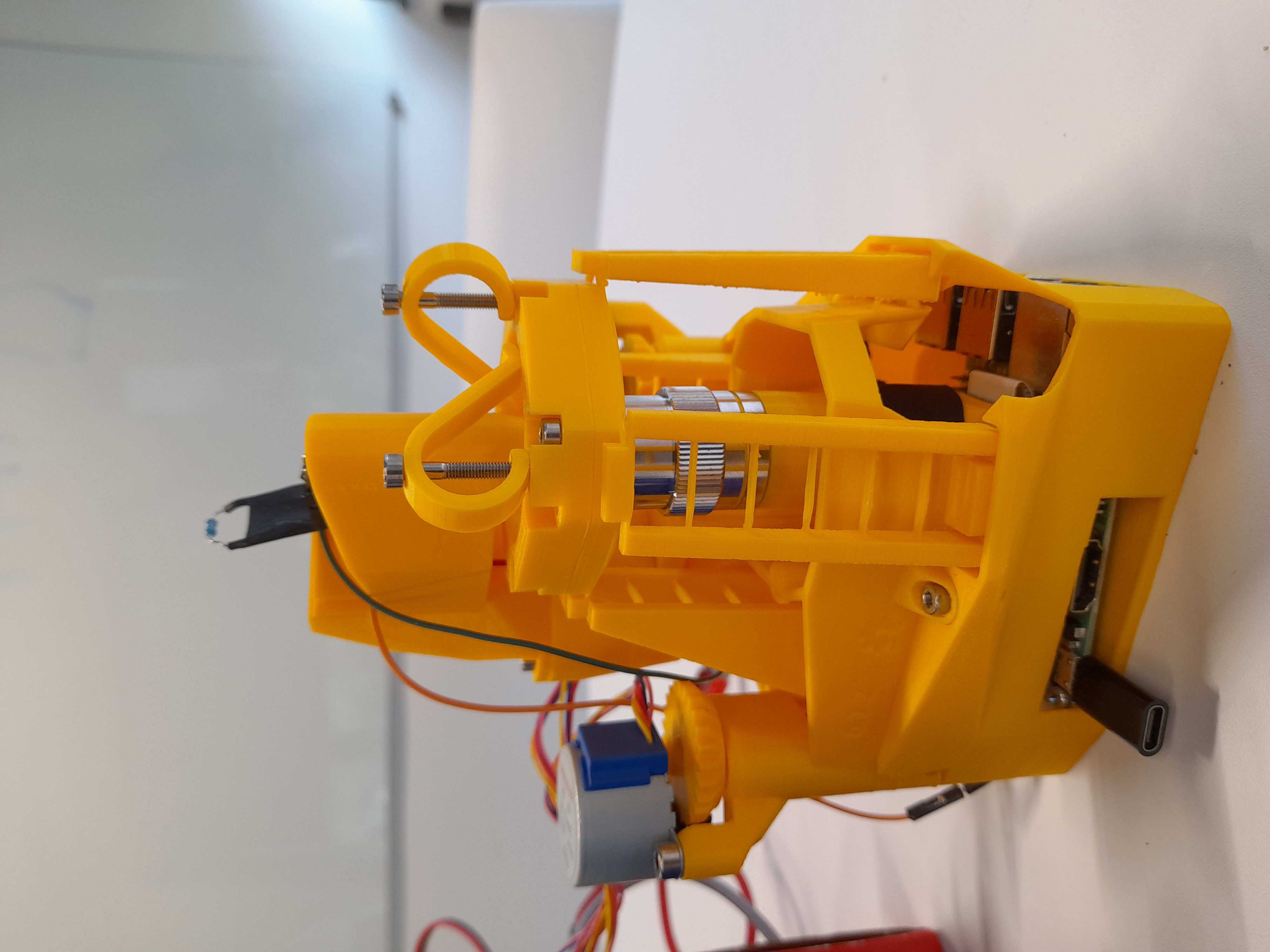Advanced Instrumentation
Overview
 Fig 1. 3D Printed Microscope
Fig 1. 3D Printed MicroscopeThe Centre for Advanced Instrumentation undertakes a range of research including astronomical instrumentation, free space optics and BioPhotonics. In an Advanced Instrumentation Level 4 project, you get the chance to work on a project in one of these fields and contribute towards the larger research being undertaken within the department.
Advanced instrumentation projects let you work on projects that are part of the bigger picture. You will be working with state-of-the-art equipment, setting up your experiment, collecting data, and using computational techniques to analyze this data. Often, results obtained go towards improving the equipment the department works on which ends up being used in larger research projects, both in Durham and in other institutions.
[The 4th year project] offered my first experience with independent research, providing the opportunity to engage with current research and potentially solve previously unexplored problems. Learning how to draw upon existing research for my own, has really helped progress with my PhD.
Projects:
Projects are updated regularly, but previous project topics have included:
- Beating the Diffraction Limit and Optical Trapping with a 3D Printed Microscope
- Using a low-cost webcam and 3D printed microscope, develop an instrument that has previously won two Nobel prizes beating the optical diffraction limit and/or integrated optical tweezers.
- Using photonics to sharpen the stars
- Build a testbed to simulate how light is aberrated by the atmosphere and a telescope. Then, look at different ways to mitigate these effects using photonic sensors.
- Detecting Geosynchronous Satellites - developing a prototype
- Detecting satellites in Geostationary Orbit is becoming a major industry as the number of objects in space increases exponentially. This project aims to build a working wide field, camera and lens system (including hardware, infrastructure, dataflow and software) to detect and characterize geosynchronous and geostationary satellites.


/prod01/prodbucket01/media/durham-university/departments-/physics/teaching-labs/VT2A9034-1998X733.jpeg)